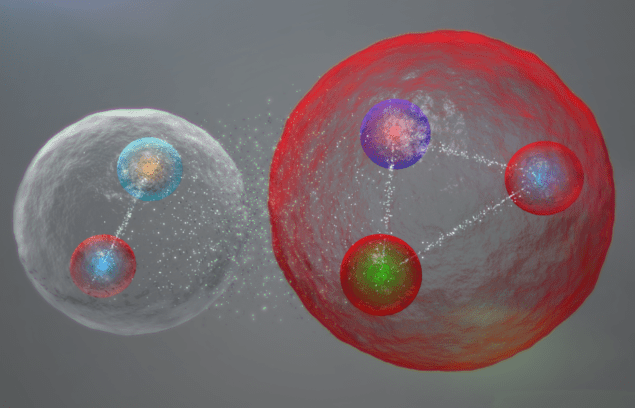Being able to directly probe organelles (specialized structures inside biological cells) and measure their properties is important for understanding subcellular activity, diagnosing diseases associated with this activity and developing new therapies. Doing this is no easy task, however. A team of researchers in Canada, China, and the US has now developed a new magnetic tweezer system that can measure the mechanical properties of organelles for the first time. The device makes use of a magnetic bead placed inside the cell that can be used to precisely manipulate intracellular structures at any location in 3D and apply a controllable force of up to 60 piconewtons to them for long periods. By relating the applied force and the amount by which the organelle deforms, as a result, the nanobot can measure properties such as viscoelasticity and plasticity of the cell nucleus, mitochondria, and endoplasmic reticulum.
“The mechanical properties of the biggest organelle inside a cell – the nucleus – are altered in cancer cells, cells with progeria, and cells infected with malaria,” explains lead author of this research study
Xian Wang of the University of Toronto. “Directly probing the mechanical properties of the cell nucleus inside single cells would thus help us better understand the structural differences between diseased and healthy cells.”


















